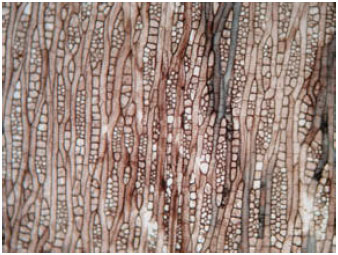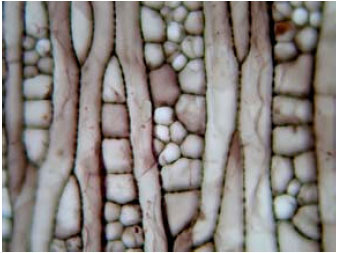Research Article
Ratio of Fusiform and Ray Initials in the Vascular Cambium of Madhuca indica J.F. Gmel
Department of Botany, Plant Anatomy Laboratory, Aligarh Muslim University, Aligarh-202 002, India
M. Badruzzaman Siddiqui
Department of Botany, Plant Anatomy Laboratory, Aligarh Muslim University, Aligarh-202 002, India










